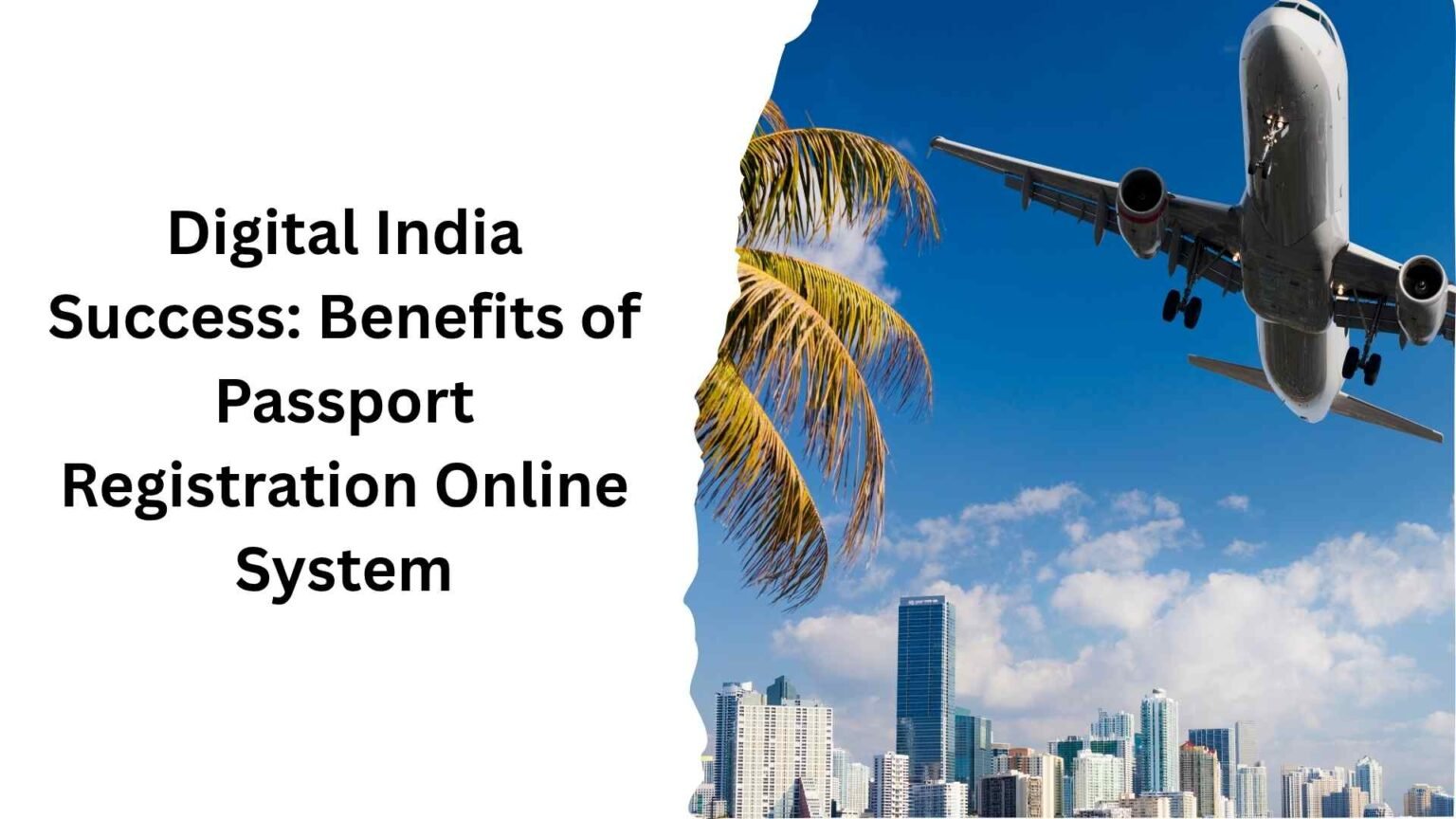Understanding Passports – – Fake Passports Identification
What is a Passport?
A passport is an official government document that certifies an individual’s identity and nationality. It allows the holder to travel internationally and serves as a form of identification in foreign countries.
Importance of Genuine Passports
Genuine passports are crucial for safe and legitimate travel. They not only facilitate border crossings but also protect citizens from identity theft and fraud. Using a legitimate passport is essential for maintaining the integrity of national security.
Common Features of Genuine Passports
Physical Characteristics
Genuine passports typically have a standardized format that includes:
- Cover: Durable material, often with embossed national symbols.
- Size: Usually around 125 mm x 88 mm.
- Pages: Multiple pages for visas and stamps.
Security Features
Modern passports incorporate advanced security features to prevent counterfeiting, including:
- Holograms: Embedded images that change appearance when viewed from different angles.
- Microprinting: Tiny text that is difficult to reproduce.
- Watermarks: Visible when held up to light.
Personal Information Pages
The personal information page includes:
- Holder’s Photograph: A recent, clear image.
- Biometric Data: Fingerprints or facial recognition data (in biometric passports).
- Personal Details: Name, date of birth, nationality, and passport number.
Identifying Fake Passports
Common Signs of Counterfeiting
To identify a fake passport, look for:
- Poor Quality Printing: Blurry text or images.
- Inconsistent Fonts: Different font styles or sizes.
- Missing Security Features: Lack of holograms or watermarks.
Comparing with Genuine Passports
Always compare a suspected fake with a genuine passport. Note differences in:
- Material Quality: Genuine passports feel more durable.
- Color and Design: Official designs are consistent and detailed.
Use of Technology in Detection
Customs and border officials often use technology, such as:
- Passport Scanners: To read biometric data.
- UV Light: To reveal hidden security features.
Spotting Fake Passport Cards
Differences Between Passport Cards and Traditional Passports
Passport cards are smaller and designed for land and sea travel, while traditional passports are required for international air travel. Passport cards typically have less detailed security features.
Identifying Features of Fake Passport Cards
Signs of counterfeit passport cards include:
- Inconsistent Sizes: Different dimensions from official cards.
- Faded Colors: Lack of vibrant colors typical in genuine cards.
Understanding Fake Passport Makers
Methods Used by Counterfeiters
Counterfeiters employ various techniques to create fake passports, including:
- Digital Manipulation: Using software to alter images and text.
- Low-Quality Materials: Using substandard materials that don’t match official specifications.
Legal Consequences of Using Fake Passports
Using a fake passport can result in severe legal penalties, including:
- Fines: Substantial monetary penalties.
- Imprisonment: Possible jail time depending on jurisdiction.
- Deportation: Being removed from the country where the fake passport was used.

Tips for Travelers
How to Protect Yourself From Fake Passports
- Buy from Reputable Sources: Ensure your passport is obtained through official government channels.
- Verify Details: Double-check personal information for accuracy.
What to Do If You Suspect a Fake Passport
If you suspect someone is using a fake passport:
- Report It: Contact local authorities or border control immediately.
- Gather Evidence: Take note of suspicious behavior or discrepancies.
Understanding these aspects of passports can help travelers ensure they are carrying genuine documents and protect themselves from the risks associated with counterfeiting.